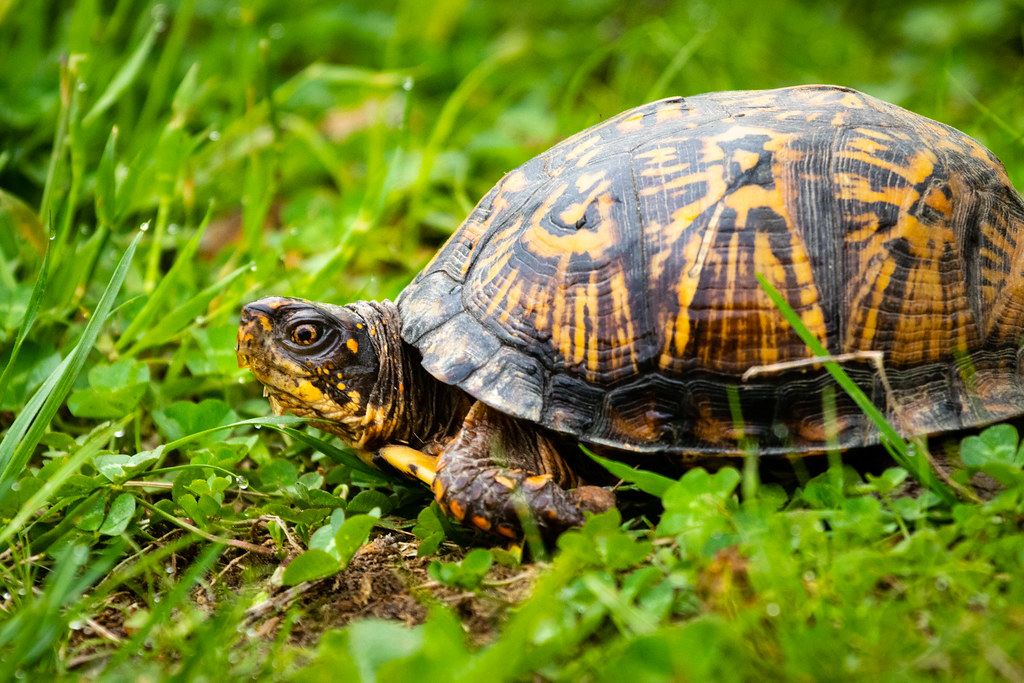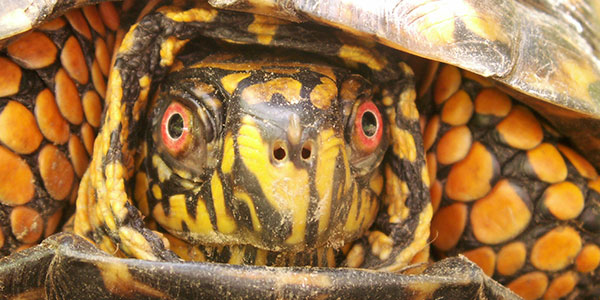Box turtles are generally not dangerous. However, it is important to handle them with care to avoid bites or scratches.
Welcome to our article on box turtles. These fascinating creatures, known for their distinctive, hinged shells, are a popular choice among reptile enthusiasts. If you’re considering getting a box turtle as a pet or simply have an encounter with one in the wild, you may be wondering if they pose any risks.
We will explore the topic of box turtles and discuss whether or not they can be considered dangerous. While box turtles are usually docile and pose little threat to humans, it is still important to understand how to handle them properly to prevent any potential harm. So, let’s dive in and learn more about these intriguing turtles.

Credit: www.timesleader.net
Understanding Box Turtle Behavior
Box turtles, although they may seem harmless, can exhibit certain behaviors that can be perceived as aggressive or defensive. It is essential to have an understanding of their natural behavior to ensure safe interactions.
Aggression in box turtles is rare and typically occurs when they feel threatened or cornered. They have several defensive mechanisms to protect themselves, including:
- Withdrawal into their shell: When a box turtle feels threatened, it retracts its head, limbs, and tail into its shell, using it as a protective shield.
- Snapping their jaws: Box turtles have strong jaws and can snap them shut with force if they feel agitated or perceive danger.
- Releasing a foul smell: When feeling threatened, box turtles may emit a pungent odor, deterring potential predators.
It is important to respect the natural behavior of box turtles and avoid provoking them. When observing box turtles in their natural habitat or as pets, maintaining a safe distance and allowing them space to retreat when necessary ensures a peaceful coexistence.

Credit: www.chesapeakebay.net
Potential Dangers Of Box Turtles
Box turtles are generally considered to be harmless and docile creatures. However, it’s important to understand that there are potential dangers associated with them, both for humans and other pets or animals.
When it comes to humans, one of the main risks is the transmission of salmonella bacteria. Box turtles, like many reptiles, can carry this bacteria in their digestive tracts without showing any symptoms. If proper hygiene is not followed after handling a box turtle or cleaning its enclosure, there is a risk of contracting salmonella. This can lead to symptoms such as diarrhea, stomach cramps, and fever.
In addition to the risks to humans, box turtles also pose potential dangers to other pets and animals. They have a strong jaw and sharp beak, which enables them to bite if they feel threatened. This can result in injury to other animals, especially small pets such as cats or small dogs.
Therefore, it’s important to handle box turtles with care, wash hands thoroughly after handling them, and ensure proper hygiene practices are followed. Additionally, if you have other pets or animals, it’s crucial to supervise interactions and provide a safe environment to avoid any potential harm.

Credit: www.backyardecology.net
Conclusion
To sum up, understanding the behavior and characteristics of box turtles is crucial in determining whether they are dangerous or not. While box turtles may bite in self-defense, their bites are generally harmless and do not pose a significant danger to humans.
These graceful reptiles play a valuable role in maintaining the ecosystem, so it’s essential to respect their space and handle them responsibly. Ultimately, with proper knowledge and precautions, coexisting with box turtles can be a fascinating and enriching experience.





Leave a Reply